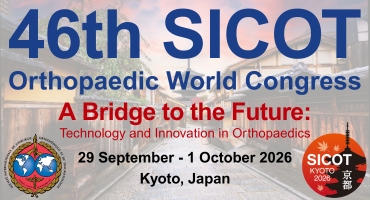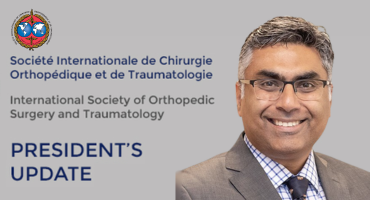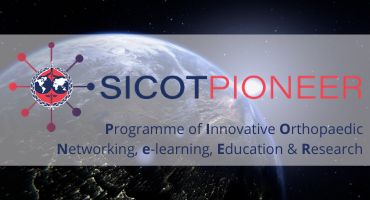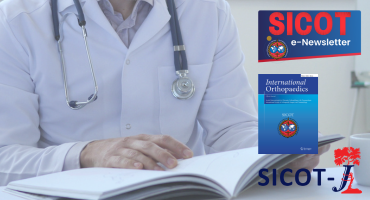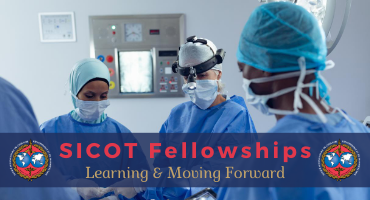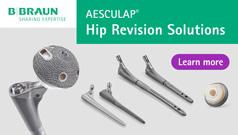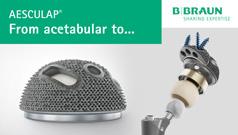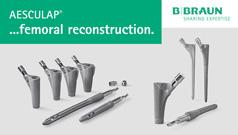"Evaluation of sleep quality after reverse shoulder arthroplasty in rotator cuff tear arthropathy patients"
Int Orthop. 2025 Oct 25. doi: 10.1007/s00264-025-06680-4. Online ahead of print.
ABSTRACT
PURPOSE: Sleep disturbance is common in patients with rotator cuff tear arthropathy (RCTA). While reverse shoulder arthroplasty (RSA) is effective for improving pain and function, its effect on sleep quality (SQ) has not been well defined. This study aimed to evaluate the impact of RSA on SQ, recovery trajectory, and clinical outcomes.
METHODS: This retrospective study included patients with RCTA who underwent RSA between 2014 and 2021 with a minimum follow-up of 24 months. SQ and clinical outcomes were assessed using the Visual Analog Scale (VAS), Simple Shoulder Test (SST), American Shoulder and Elbow Surgeons (ASES) score, Pittsburgh Sleep Quality Index (PSQI), and Jenkins Sleep Scale (JSS). Preoperative and postoperative values were compared to evaluate changes over time.
RESULTS: Forty-six patients (mean age, 68 years) with a mean follow-up of 5.7 years were included. Sleep disturbance was reported by 45.7% of patients preoperatively, decreasing to 26.1% at three months and 21.7% at the last follow-up (p < 0.001). Median PSQI scores improved from 6 preoperatively to 5 at three months and remained stable thereafter. The mean ASES score increased from 40.2 preoperatively to 62.2 postoperatively (p < 0.001), and the average VAS score decreased from 6.0 to 2.0 by six months (p < 0.001).
CONCLUSION: RSA leads to improvements in sleep and function in RCTA patients, though gains plateau with time. Future studies using objective sleep measures may further refine rehabilitation outcomes.
PMID:41137888 | DOI:10.1007/s00264-025-06680-4






